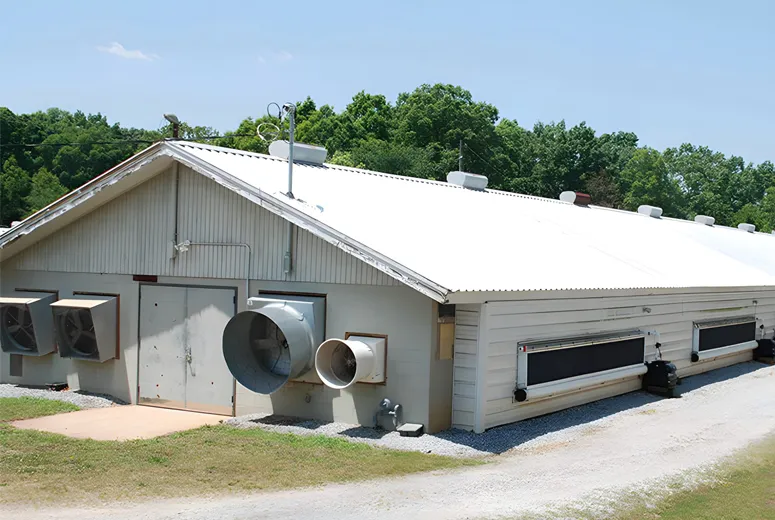- Afrikaans
- Albanian
- Amharic
- Arabic
- Armenian
- Azerbaijani
- Basque
- Belarusian
- Bengali
- Bosnian
- Bulgarian
- Catalan
- Cebuano
- Corsican
- Croatian
- Czech
- Danish
- Dutch
- English
- Esperanto
- Estonian
- Finnish
- French
- Frisian
- Galician
- Georgian
- German
- Greek
- Gujarati
- Haitian Creole
- hausa
- hawaiian
- Hebrew
- Hindi
- Miao
- Hungarian
- Icelandic
- igbo
- Indonesian
- irish
- Italian
- Japanese
- Javanese
- Kannada
- kazakh
- Khmer
- Rwandese
- Korean
- Kurdish
- Kyrgyz
- Lao
- Latin
- Latvian
- Lithuanian
- Luxembourgish
- Macedonian
- Malgashi
- Malay
- Malayalam
- Maltese
- Maori
- Marathi
- Mongolian
- Myanmar
- Nepali
- Norwegian
- Norwegian
- Occitan
- Pashto
- Persian
- Polish
- Portuguese
- Punjabi
- Romanian
- Russian
- Samoan
- Scottish Gaelic
- Serbian
- Sesotho
- Shona
- Sindhi
- Sinhala
- Slovak
- Slovenian
- Somali
- Spanish
- Sundanese
- Swahili
- Swedish
- Tagalog
- Tajik
- Tamil
- Tatar
- Telugu
- Thai
- Turkish
- Turkmen
- Ukrainian
- Urdu
- Uighur
- Uzbek
- Vietnamese
- Welsh
- Bantu
- Yiddish
- Yoruba
- Zulu
Nov . 19, 2024 15:38 Back to list
The Rise of Cold Formed Buildings An Overview
Cold formed buildings have emerged as a significant innovation in the construction industry, combining efficiency, sustainability, and cost-effectiveness. The term cold formed refers to the manufacturing process of steel members that are shaped at room temperature, as opposed to hot rolled steel, which is formed under high heat. This method allows for the production of thin-walled steel sections that are lightweight yet structurally strong, making them an ideal choice for a variety of applications in modern construction.
Advantages of Cold Formed Steel
One of the most notable benefits of cold formed steel (CFS) is its high strength-to-weight ratio. This characteristic enables the construction of light yet durable structures, reducing the overall load on foundations and supporting systems. Moreover, CFS is resistant to many environmental factors, including rot, termites, and fire, which enhances the longevity of buildings made from this material.
Cold formed steel is also highly adaptable. It can be easily cut, shaped, and assembled to meet specific design requirements. This flexibility is particularly advantageous in residential and commercial building projects, where diverse architectural styles and layouts can be accommodated. The precision of cold forming processes ensures that components fit together seamlessly, minimizing waste and reducing construction time.
Additionally, the use of cold formed steel aligns well with sustainable construction practices. Steel is 100% recyclable, and incorporating it into buildings significantly lowers the carbon footprint associated with traditional building materials like wood. With the growing emphasis on environmentally friendly construction, cold formed steel is increasingly being recognized as a green alternative that supports sustainability goals.
Applications in Construction
Cold formed steel is versatile and can be employed in various building types, including residential homes, commercial structures, and industrial facilities. In residential construction, CFS is commonly used for stud framing, providing a lightweight yet robust framework for walls and ceilings. This method not only speeds up the building process but also reduces labor costs.
cold formed buildings

In commercial construction, cold formed steel is often utilized for multi-story buildings and large-span structures. Its strength allows for the creation of expansive open spaces without the need for excessive support columns, thereby enhancing usability and design flexibility. Furthermore, its lightweight nature simplifies handling and transportation, further optimizing efficiency on construction sites.
Cold formed steel is also gaining traction in the realm of modular construction. As this approach becomes more mainstream, CFS offers a practical solution for prefabricated modules, enabling quicker assembly and less disruption on site. The modular buildings are also typically energy-efficient, adding another layer of appeal.
Challenges and Considerations
Despite its advantages, the use of cold formed steel in construction does come with challenges. One significant concern is the potential for corrosion, which can compromise structural integrity. Therefore, protective coatings and proper installation practices are crucial to ensure durability over time. Additionally, designers and builders must have a strong understanding of CFS components and their behavior under load, which requires specialized training and experience.
Moreover, while cold formed buildings can be cost-effective, initial material costs and the need for skilled labor can sometimes deter their widespread adoption. However, as the demand for sustainable and efficient construction alternatives grows, these barriers are likely to diminish.
Conclusion
Cold formed buildings represent a modern approach to construction, with numerous benefits that cater to the evolving needs of architects, builders, and property owners. As the industry continues to shift toward sustainability and efficiency, CFS is expected to play an increasingly prominent role in future construction projects. Its lightweight, durable, and environmentally friendly nature positions cold formed steel as a key player in the ongoing transformation of the construction landscape. As technology advances and best practices are refined, the potential of cold formed buildings will undoubtedly expand, paving the way for innovative solutions in the construction industry.
-
How Do Prefabricated Steel Structures Transform Modern Construction?
NewsJul.14,2025
-
How Do Prefabricated Metal Buildings Redefine Modern Construction?
NewsJul.14,2025
-
How Do Prefab Insulated Metal Buildings and Steel Structures Revolutionize Modern Construction?
NewsJul.14,2025
-
How Do Pre - Engineered Steel Structures Redefine Modern Construction?
NewsJul.14,2025
-
Advancing Modular Construction with Prefabricated Metal Structures
NewsJul.14,2025
-
Advancing Industrial Infrastructure with Prefabricated Steel Solutions
NewsJul.14,2025
Products categories
Our Latest News
We have a professional design team and an excellent production and construction team.












